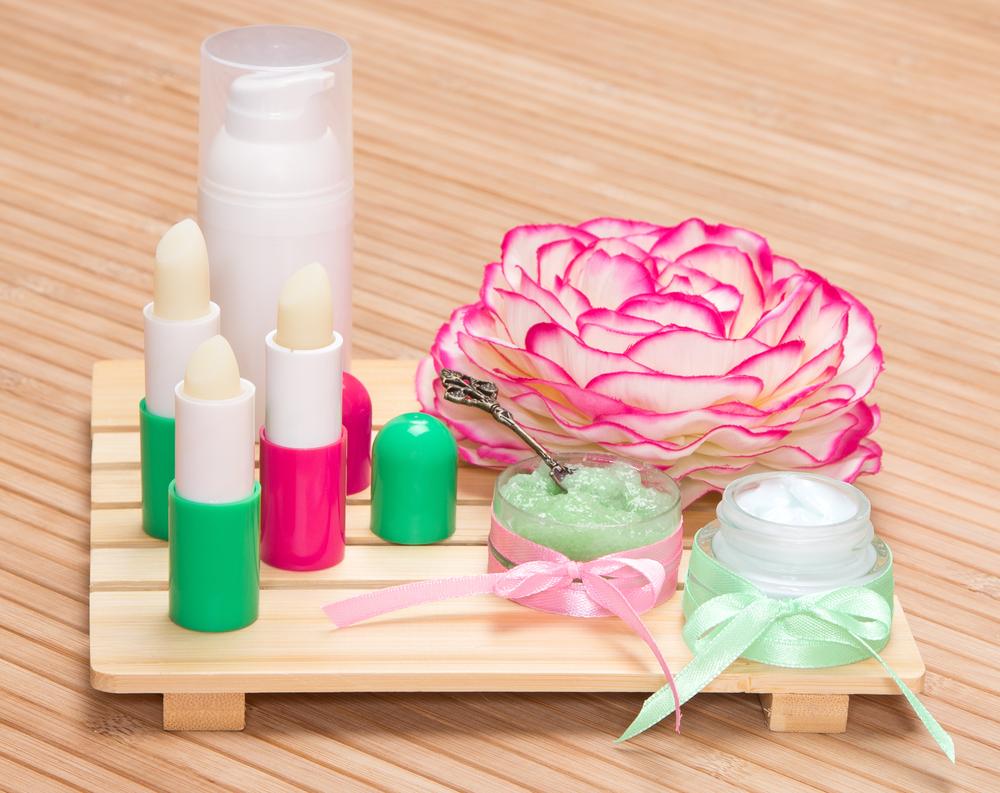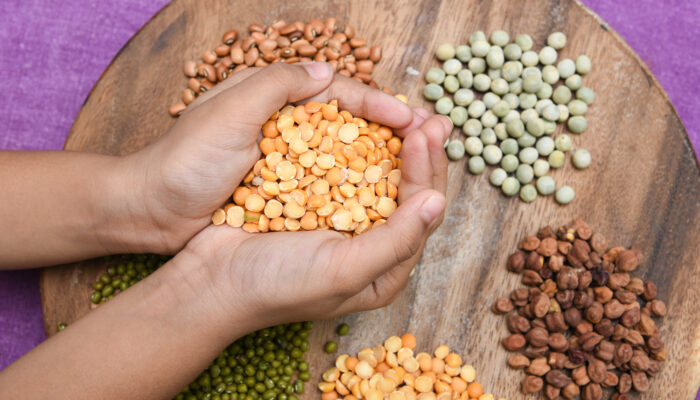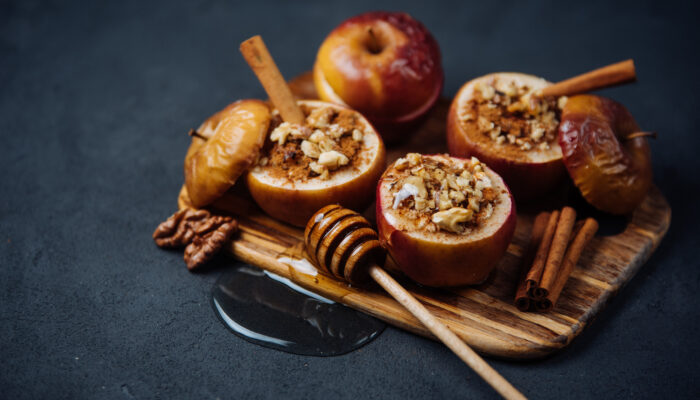
How to Make Natural Lipsticks in your Kitchen
Unfortunately, a lot of manufactured lipsticks contain harmful chemicals such as parabens, manganese, and cadmium. If you have sensitive lips, you should also avoid perfume-like fragrances. Unfortunately, natural lipstick products designed for sensitive skin tend to be pricier to cover the lab processing costs. Organic or natural lipsticks can also be tough to find in stores.
However, your lips don’t have to go without color, here are some tips for making your own DIY lipsticks:
1. Start with your base products
This makes up the majority of your lipstick. First, you need about one teaspoon of beeswax, which can be found at a lot of craft stores. Then add one teaspoon of mango, shea, almond or avocado butter, this is what makes your lipstick smooth. Dairy butter won’t do because it can go bad very fast. Then one teaspoon of extra virgin olive, almond or jojoba oil. Cooking oil won’t do because of its excessive grease.
2. Now choose your color
Since your lipsticks will be more natural, it will be more earthy looking than what the stores sell. For red, crush some beet chips or use beetroot powder. Cinnamon’s good for browner tones. Turmeric combined with other powders can make for a more coppery hue. Cocoa powder makes a dark brown color. Provided that you’re not allergic, other make-up such as eyeshadow and gel eyeliner can be used to make other colors and black. If you are allergic to a lot of store bought stuff, you can try various fruits and color powders.
3. Microwave your base ingredients
Microwaving the base ingredients in 30-second intervals is most recommended. However, you could probably get away with doing a full minute or two. Just be sure that you do so until your ingredients are thoroughly melted. If you’re not a microwave person, a double boiler is a good alternative. Fill it with two inches of water in a large saucepan and put the ingredients in the smaller one sitting inside. Keep stirring until everything’s completely melted. Lumpy lipstick is the last thing you want.
4. Ready to mix your color in
Mix in at least 1/8-1/4 of your powder. If you like a particularly hydrating feeling, you can add a little more for saturation. Keep adding until you’re satisfied with your homemade lipstick color tone.
5. Pour your mixture
You can use old lip- or chapstick tubes or just about anything small with a lid that you can easily carry with you. However, first let it dry in room temperature or in your refrigerator.



